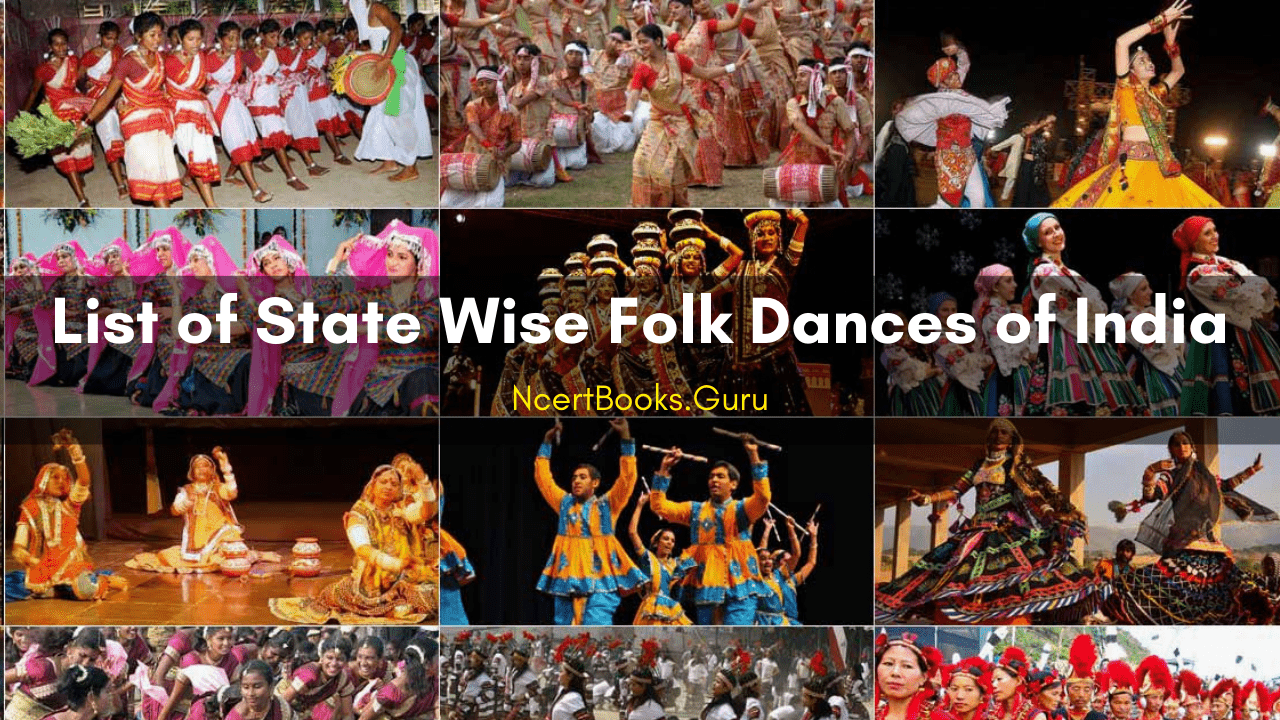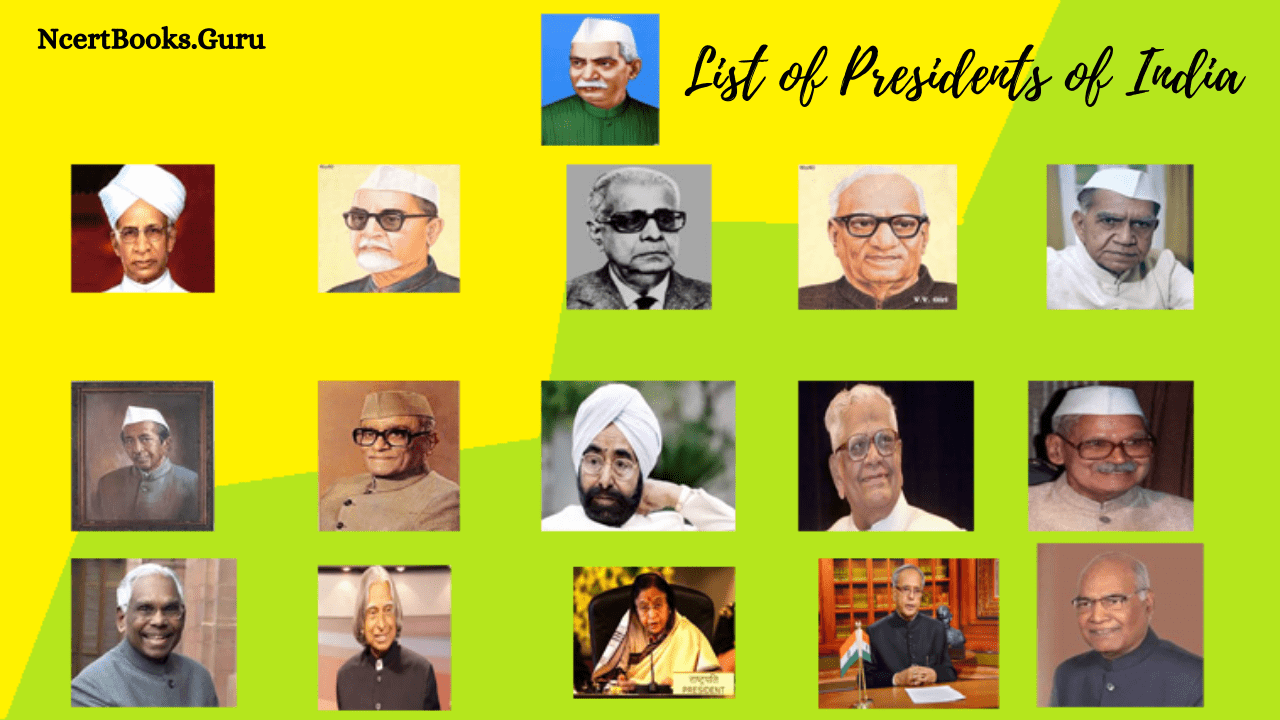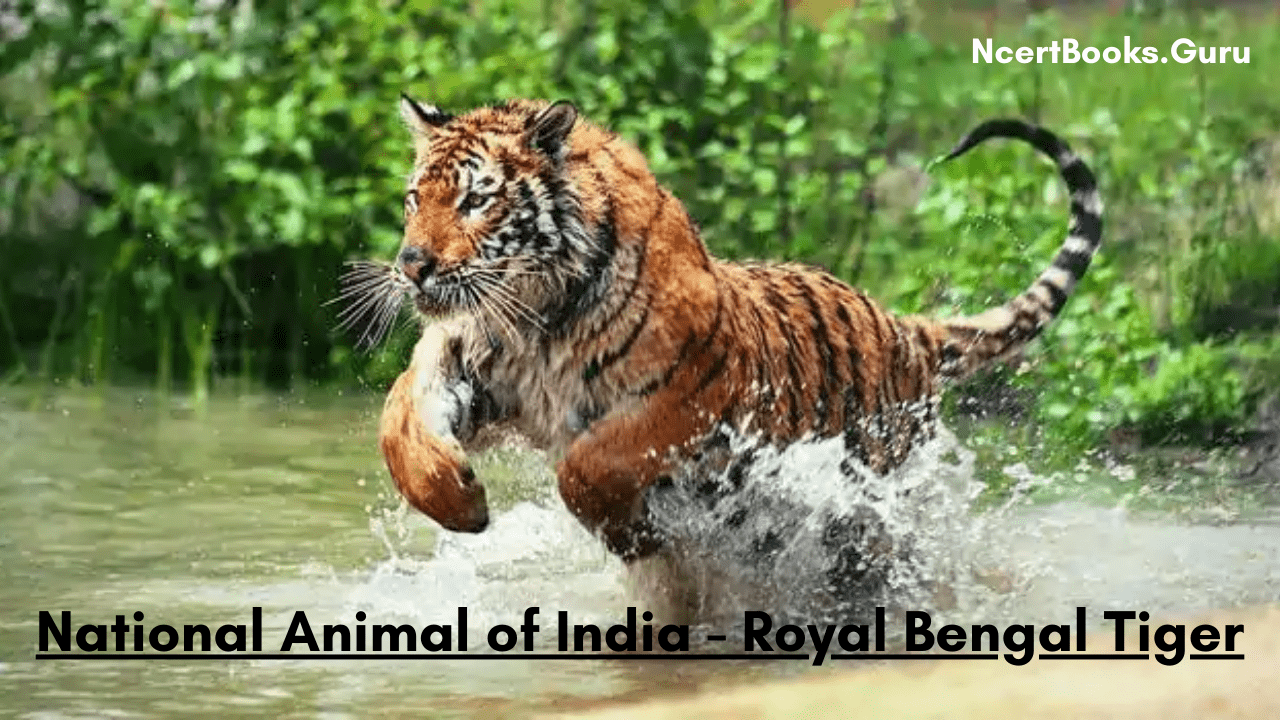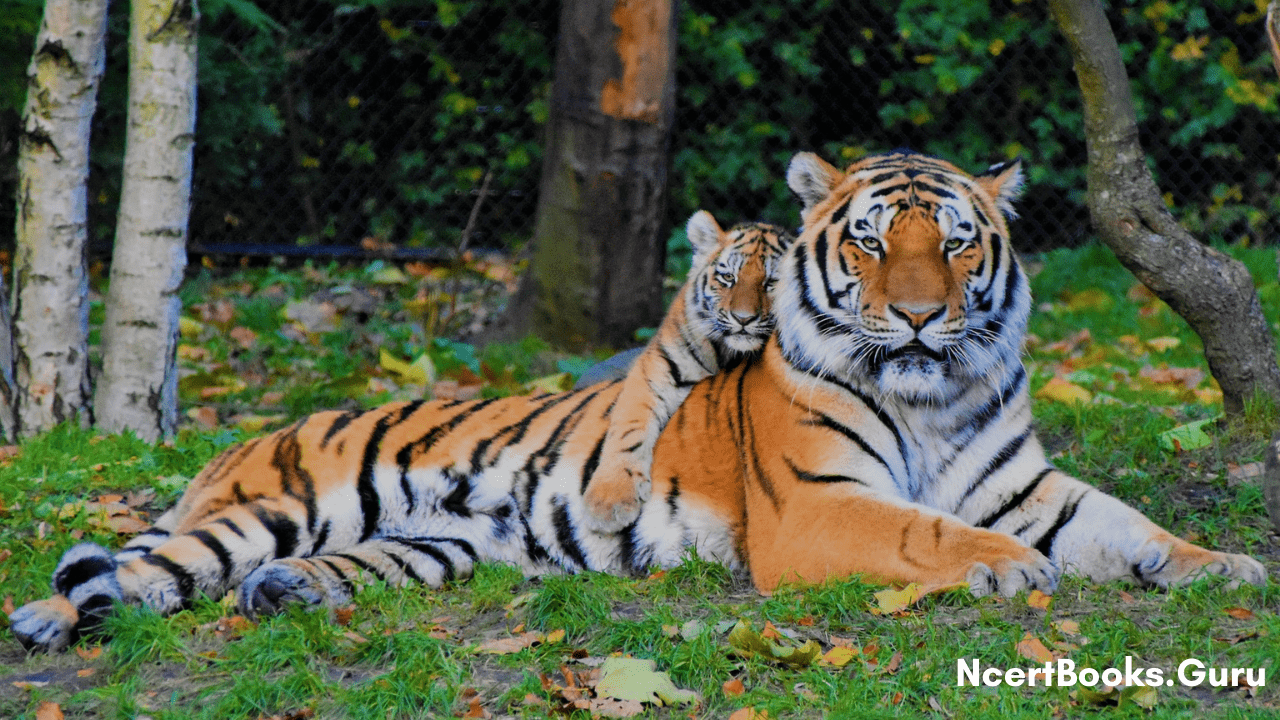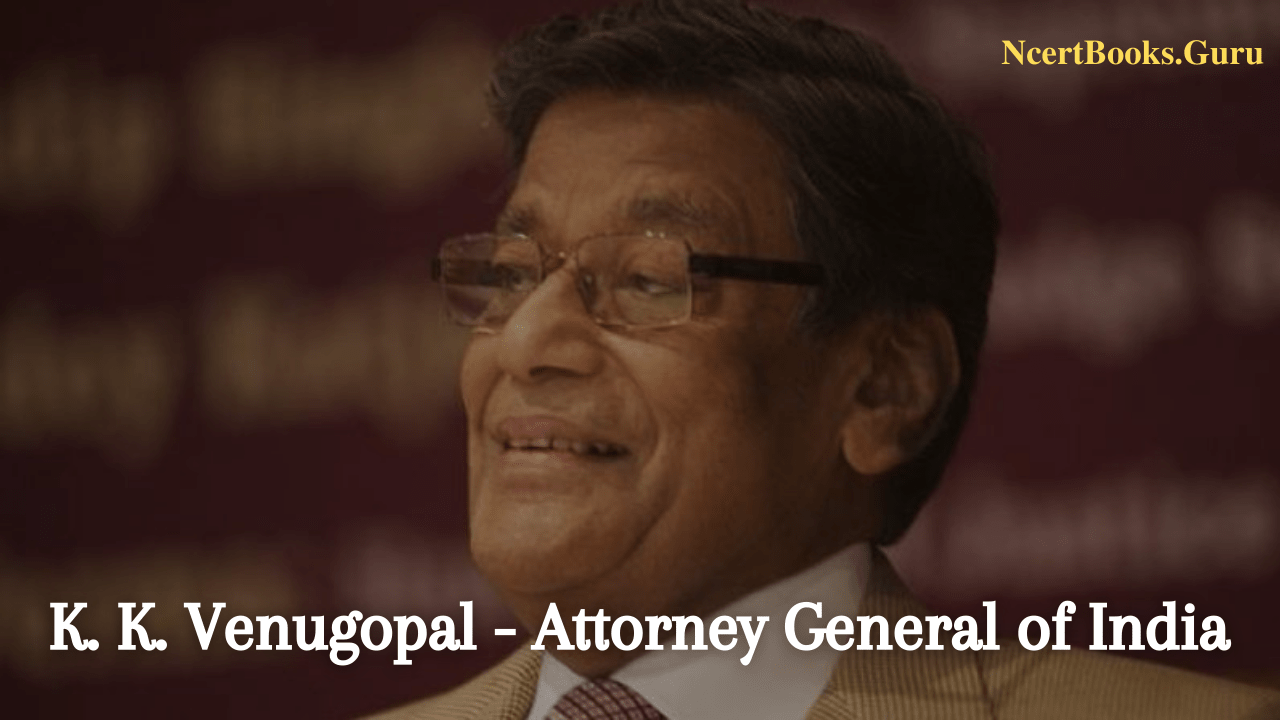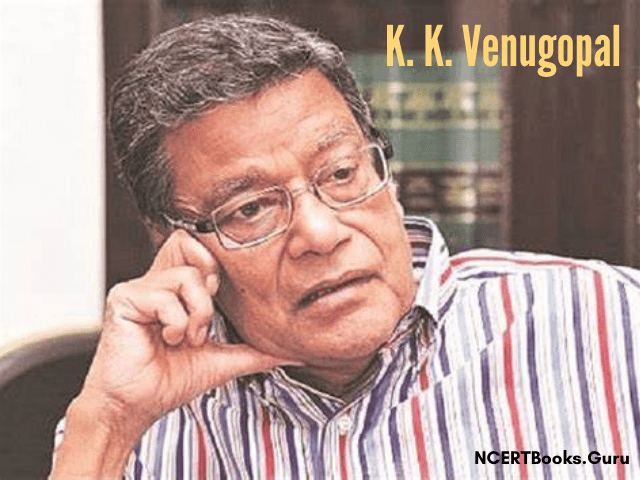Highest Waterfall in India: The landscape of the Indian subcontinent is the best example of nature’s craft. Monsoon is one of the special aspects of the Indian subcontinent as it gives several things, a few of them are joy, best natural scenery, rivers are in full swing, mountains are awake after a long sleep and monsoon decorated the whole valleys with sparking waterfalls, magnificent lakes, lush green trees, and beautiful flowers.
In the mountain areas of Northeast India, you will find the beautiful & highest waterfalls of India. Gaining more knowledge about the Highest waterfall in India helps you to answer various GK related question in the competitive exams. Also, you can find more India GK, World GK, Static GK, and Current GK Topics from our GK General Knowledge Article provided on this site.
Do Refer: Highest Peak in India
List of 10 Top-Most Highest Waterfalls in India by Height
Waterfalls or cascade are the water of a river or a water body that falls from a rocky ledge or mountain or hill to a lower place. Basically, it forms in the upper area of a river with steep mountains. Due to the landscape position, many waterfalls happen over bedrock fed by little supporting area, so they are temporary and only befall while rainstorms. Below, we are providing the ‘Top 10 Highest Waterfalls In India List’ for general awareness and explaining about them briefly for better knowledge about the Top 10 Indian Biggest Waterfalls.
- Kunchikal Falls
- Barehipani Falls
- Nohkalikai Falls
- Nohsngithiang Falls
- Dudhsagar Falls
- Kynrem Falls
- Meenmutty Falls
- Thalaiyar Falls
- Barkana Falls
- Jog Fall
A detailed explanation about each one of the highest waterfall in India is given in the below sections:
1. Kunchikal Falls
- Height (Meters): 455
- Height (Feet): 1493
- Location: Shimoga District, Karnataka
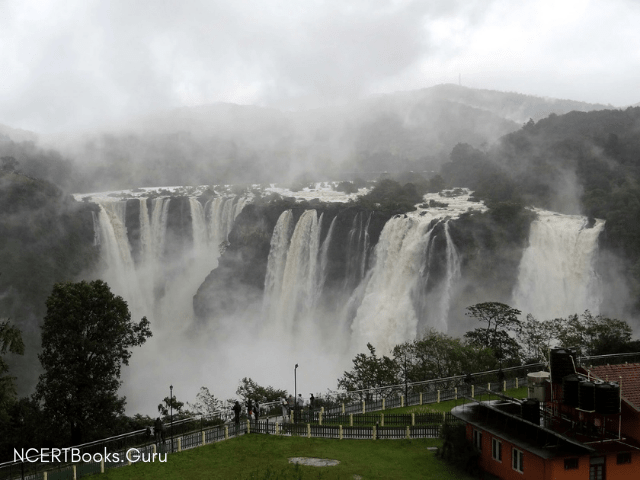
Kunchikal Falls is situated near Agumbe valley at Shimoga district in the state of Karnataka and is the highest waterfall in India. Also, it is the second-highest waterfall in Asia. The height of the Kunchikal waterfall is 455 metres or 1493 ft. and it originates from the Varahi River. The closest railheads are Udupi and Shimoga. The area is renowned for squirrels, reptiles, a variety of unique birds, rare reptiles, visit with caution. The water falling with full force from a height gives an excellent backdrop for photography.
2. Barehipani Falls
- Height (Meters): 399
- Height (Feet): 1309
- Location: Mayurbhanj District, Orissa
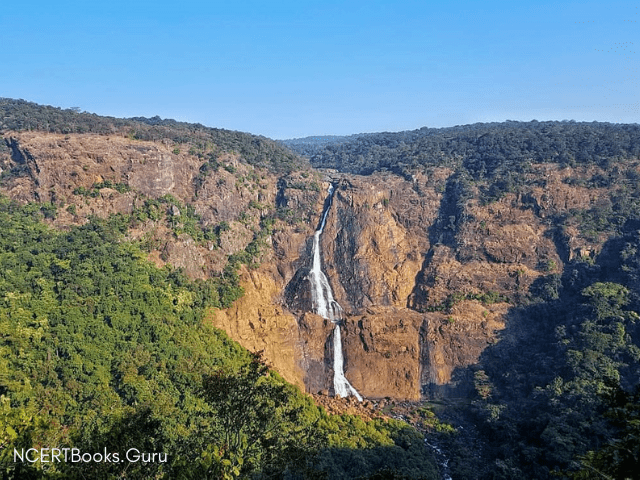
The second highest waterfall in India is Barehipani Falls, found right in the centre of Odisha’s Simlipal National Park in Mayurbhanj and is at the height of 1309 ft. This waterfall is pleated into a niche of deep, the green forest makes it perfect for a vacation to trekkers and nature lovers. The waterfall is located on the Budhabalanga river which passes into the Bay of Bengal. This waterfall is recognised for its beauty which adds to Odisha.
3. Nohkalikai Falls
- Height (Meters): 340
- Height (Feet): 1115
- Location: East Khasi Hills District, Meghalaya
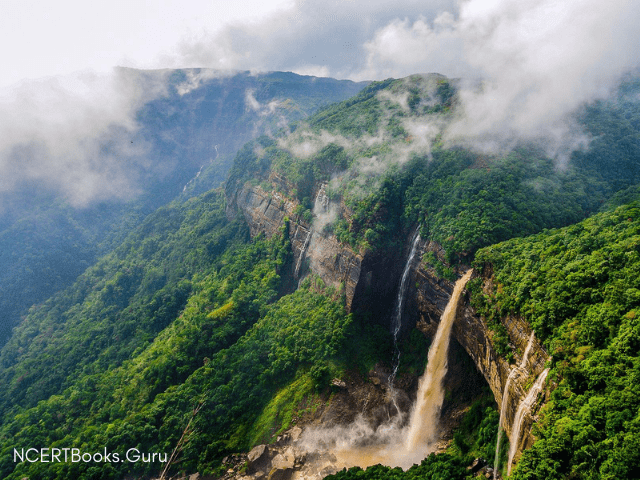
The Nohkalikai falls is the third highest waterfalls in India. It is situated near Cherrapunji in East Khasi Hills district Meghalaya. Cherrapunji is one of the wettest places in the world and it is also popular for Hills, rainfall, living bridges and oranges. The waterfalls are thought to be at their simple and beautiful best while the rainy season for obvious reasons.
4. Nohsngithiang Falls
- Height (Meters): 315
- Height (Feet): 1033
- Location: East Khasi Hills District, Meghalaya
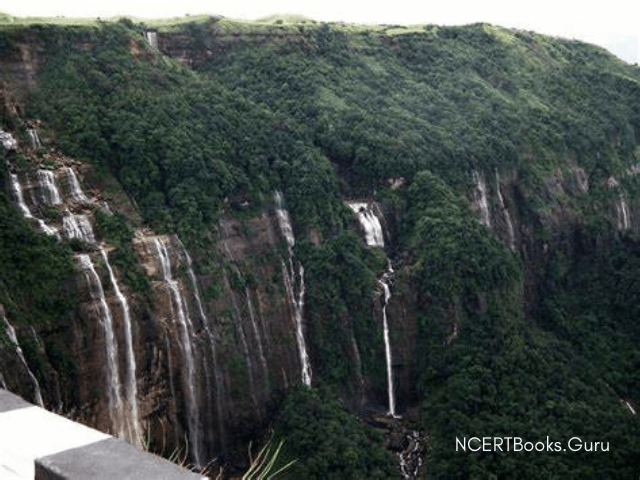
The fourth-largest waterfall in India is Nohsngithiang Falls situated at East Khasi Hills district of Meghalaya. It is also known as Mawsmai Falls, and these astonishingly gorgeous waterfalls are separated neatly into seven parts. However, the falls created instantly after the conflux of the deviated streams from a height of 1,033 ft.
5. Dudhsagar Falls
- Height (Meters): 310
- Height (Feet): 1020
- Location: Goa
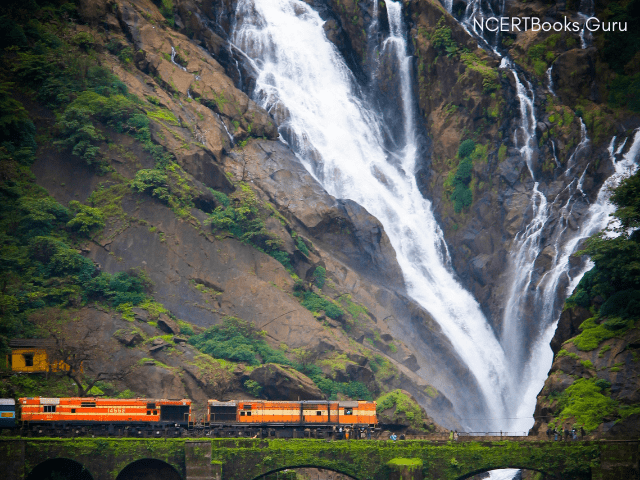
Another name for Dudhsagar Falls is ‘The Sea of Milk’. It is perfectly well known for its magnificent trajectory. This Dudh Sagar falls attracts the tourists right from the warmth of the goa beaches just to relish these waters, particularly in the monsoon seasons. The height of this falls is 1020 ft and it is the fifth highest waterfall in India also it is noted among the top 100 waterfalls in the world.
6. Kynrem Falls
- Height (Meters): 305
- Height (Feet): 1001
- Location: East Khasi Hill District, Meghalaya
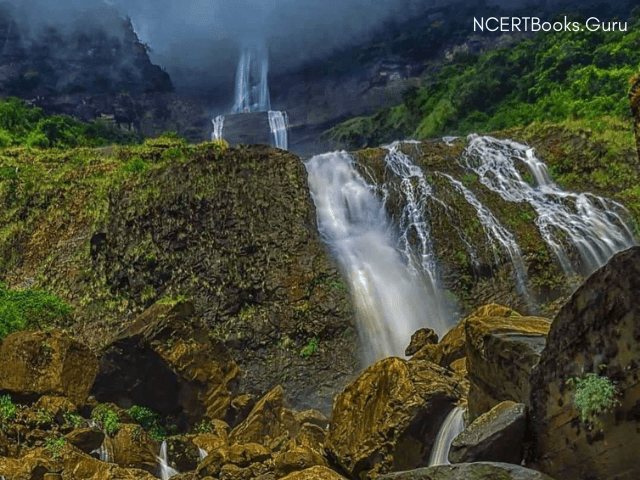
One more highest waterfall in India is Kynrem Falls from Meghalaya took place in the list of top 10 largest waterfalls in India. It is located inside an amazing park called Thangkharang Park which is another famous appealing spot of Cherrapunjee in East Khasi Hills District of Meghalaya. The falls formed from the height of 1001 ft.
7. Meenmutty Falls
- Height (Meters): 300
- Height (Feet): 980
- Location: Wayanad District, Kerala
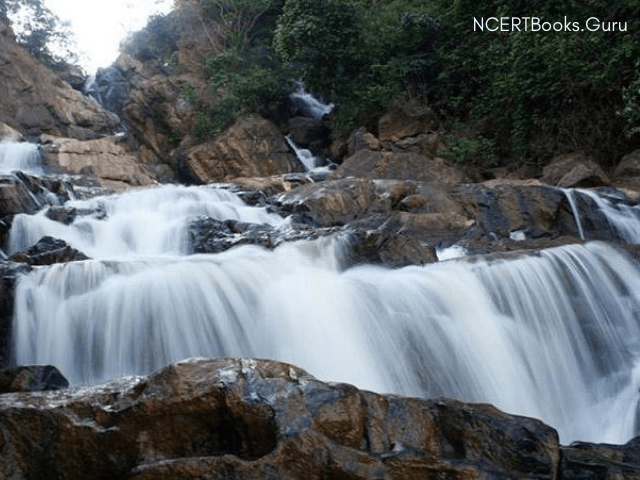
Meenmutty falls is the tallest waterfalls in Kerala. Also, it is one of the most beautiful waterfalls in India, befalling from a height of 980 ft and it is located in the Wayanad district of Kerala. In South India, this place is the best & most popular tourist spot. Also, it is famous for the greenery and the forestry that circles it, giving an unbelievable chance to spend time in the lap of nature or go trekking in the pristine forests to watch birds. Meenmutty Falls is the largest and most spectacular waterfall in Wayanad of Kerala.
8. Thalaiyar Falls
- Height (Meters): 297
- Height (Feet): 974
- Location: Dindigul District, Tamil Nadu
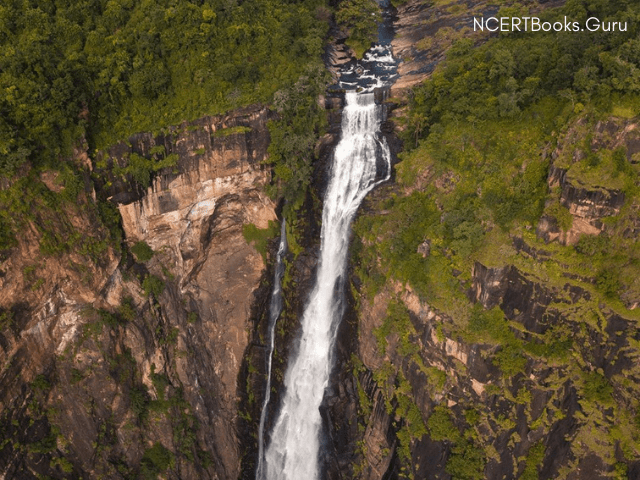
The waterfalls formed from the height of 974 ft and it is located in the Dindigul district of Tamilnadu. It is also known as rat tail falls due to its shape. However, this falls located in the darkness of deep caves and dangerous regions of unexplored forest in Tamil Nadu. Under the supervision of a well-trained and experienced trekking guide, only you can explore this Thalaiyar Falls because there is no road facility to reach.
9. Barkana Falls
- Height (Meters): 259
- Height (Feet): 850
- Location: Shimoga District, Karnataka.
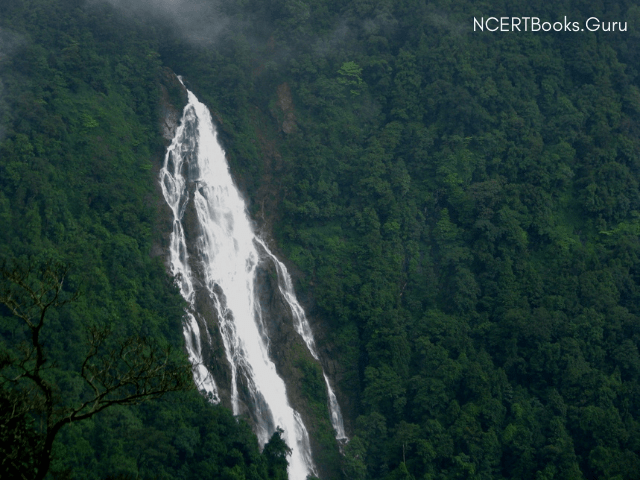
Barkana Falls created by the Seetha River in the Shimoga district of Karnataka and occurs only at the time of the rainy season. Agumbe in Shimoga district is enclosed by a heavy forest of Western Ghats and named Cherrapunji of South India.
10. Jog Fall
- Height (Meters): 253
- Height (Feet): 830
- Location: Shimoga District, Karnataka.
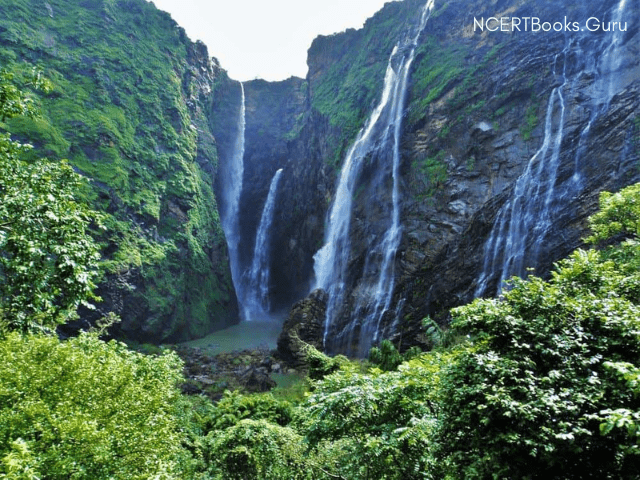
The Jog falls flow from the Sharavathi River in a Sharavathi valley at a height of 826 ft. The location of Jog Falls is at Shimoga District of Karnataka. It is one of the highest waterfalls in India that split into four different falls. It is beautiful yet perfect for sight seeing and the view is awesome from the viewpoint constructed by the State’s tourism department. Jog falls is the best waterfall and can count among the 10 highest waterfalls in India.
Top 50 Biggest Waterfalls in India by Elevation
The following list contains the top 50 largest waterfalls in India with location, height, and important features. Make use of this table for a quick reference at the time of various govt. or competitive exams.
| Highest Waterfalls In India |
| Waterfalls in India |
Location |
Height Metre/Feet |
Feature |
| Kunchikal Falls |
Shimoga district, Karnataka |
455 metres (1,493 ft) |
Tiered, Highest waterfall in India |
| Barehipani Falls |
Mayurbhanj district, Odisha |
399 metres (1,309 ft) |
2 tiered waterfalls |
| Nohkalikai Falls |
East Khasi Hills district, Meghalaya |
340m (1115 feet) |
tallest plunge type waterfalls |
| Nohsngithiang Falls or Mawsmai Falls |
East Khasi Hills district, Meghalaya |
315 metres (1,033 ft) |
segmented type waterfalls |
| Dudhsagar Falls |
Karnataka and Goa |
310 m(1017 feet) |
4 tiered waterfalls |
| Kynrem Falls |
East Khasi Hills district, Meghalaya |
305 metres (1,001 ft) |
3 tiered waterfalls |
| Meenmutty Falls |
Wayanad district, Kerala |
300 metres (984 feet) |
3 tiered waterfalls/ segmented type |
| Thalaiyar Falls |
Batlagundu, Dindigul district, Tamil Nadu |
297 metres (974 ft) |
horsetail type waterfalls |
| Vajrai Falls |
Satara district, Maharashtra |
260 metres (853 ft) |
3 tiered, 2nd tallest plunge type waterfall |
| Barkana Falls |
Shimoga district, Karnataka |
259 metres (850 ft) |
tiered waterfalls |
| Jog Falls |
Shimoga district, Karnataka |
253 metres (830 ft) |
cascade waterfalls |
| Khandadhar Falls |
Kendujhar district & Sundergarh district, Odisha |
244 metres (801 ft) |
Horse tail type falls |
| Vantawng Falls |
Serchhip district, Mizoram |
229 metres (751 ft) |
2 tiered waterfalls |
| Kune Falls |
Pune district, Maharashtra |
200 metres (660 ft) |
3 tiered waterfalls |
| Soochipara Falls, Thoseghar Waterfalls |
Wayanad district, Kerala, Satara district Maharashtra |
200 metres (656 feet) |
3 tiered waterfalls |
| Magod Falls |
Uttara Kannada district, Karnataka |
198 metres (650 ft) |
2 tiered/Segmented waterfalls |
| Joranda Falls |
Mayurbhanj district, Odisha |
181 metres (594 ft) |
plunge type waterfalls |
| Hebbe Falls |
Chikkamagaluru district, Karnataka |
168 metres (551 ft) |
2 tiered waterfalls |
| Duduma Falls |
the border of Koraput (Odisha) and Visakhapatnam (Andhra Pradesh) |
157 metres (515 ft) |
plunge type waterfalls |
| Palani Falls |
Kullu district, Himachal Pradesh |
150 metres (490 ft) |
Surge waterfalls |
| Lodh Falls |
Latehar district, Jharkhand |
143 metres (469 ft) |
2 tiered waterfalls |
| Bahuti Falls |
Mauganj, Rewa district, Madhya Pradesh |
198 metres (650 ft) |
2 tiered waterfalls, tallest waterfall in Madhya Pradesh |
| Bishop Falls |
East Khasi Hills district, Meghalaya |
135 metres (443 ft) |
3 tiered waterfalls |
| Chachai Falls |
Rewa district, Madhya Pradesh |
130 metres (430 ft) |
on bihad river, comes down from Rewa Plateau |
| Keoti Falls |
Rewa district, Madhya Pradesh |
130 metres (430 ft) |
segmented type waterfall |
| Kalhatti Falls |
Chikkamagaluru district, Karnataka |
122 metres (400 ft) |
– |
| Beadon Falls |
East Khasi Hills district, Meghalaya |
120 metres (390 ft) |
3 tiered waterfall, twin of Bishop Falls |
| Keppa Falls |
Uttara Kannada district, Karnataka |
116 metres (381 ft) |
fan type waterfall |
| Koosalli Falls |
Udupi, Karnataka |
116 metres (381 ft) |
6 tiered waterfall |
| Dabbe falls |
Shivamogga, Sagar, Karnataka |
110 metres(360 ft) |
– |
| Pandavgad Falls |
Thane, Maharashtra |
107 metres (351 ft) |
Plunge waterfall |
| Rajat Prapat |
Hoshangabad district, Madhya Pradesh |
107 metres (351 ft) |
horsetail type waterfall |
| Bundla Falls |
kaimur district Bihar |
100 metres (330 ft) |
– |
| Vantawng Falls |
Serchhip district, Mizoram |
230 metres (750 ft) |
2 tiered waterfalls |
| Shivanasamudra Falls |
Chamarajanagar District, Karnataka |
98 metres (322 ft) |
segmented type |
| Lower Ghaghri Falls |
Latehar district, Jharkhand |
98 metres (322 ft) |
cascade waterfalls |
| Hundru Falls |
Ranchi district, Jharkhand |
98 metres (322 ft) |
segmented type |
| Sweet Falls |
East Khasi Hills district, Meghalaya |
96 metres (315 ft) |
horsetail type |
| Agaya Gangai |
Namakkal, Tamil Nadu |
92 metres (302 ft) |
1 tiered/segmented waterfalls |
| Gatha Falls |
Panna district, Madhya Pradesh |
91 metres (299 ft) |
– |
| Teerathgarh Falls |
Baster district, Chhattisgarh |
91 metres (299 ft) |
Block type Waterfall |
| Kiliyur Falls |
Yercaud, Tamil Nadu |
91 metres (299 ft) |
fan type waterfall |
| Kudumari Falls |
Udupi district, Karnataka |
91 metres (299 ft) |
horsetail type waterfall |
| Muthyala Maduvu Falls |
Bangalore Rural district, Karnataka |
91 metres (299 ft) |
– |
| Tirathgarh Falls |
Bastar district, Chhattisgarh |
91 metres (299 ft) |
horsetail type waterfall |
| Langshiang Falls |
West Khasi Hills district, Meghalaya |
85 metres (279 ft) |
– |
| Talakona falls |
Chittoor district, Andhra Pradesh |
82 metres (269 ft) |
The highest waterfall in Andhra Pradesh |
| Kakolat Falls |
Nawada district, Bihar |
50 metres (160 ft) |
cataract waterfall |
| Athirappilly Falls |
Thrissur district, Kerala |
25 metres (82 ft) |
Block/Segmented type waterfall |
FAQs on India’s Highest Waterfall
1. Which state has the highest waterfall in India?
Kunchikal Falls the highest waterfall in India with a height of 1493 feet is located in Shimoga District, Karnataka.
2. What are the Types of Waterfalls?
There are several types of waterfalls such as Cataract, Horsetail, Plunge, Block, Multi-Step, Segmented, Cascade, Punchbowl, Tiered, Fan.
3. Is Jog Falls the highest waterfall in India?
Yes, jog falls is the highest waterfall in India that takes place in the Top 10 largest waterfalls in India.
